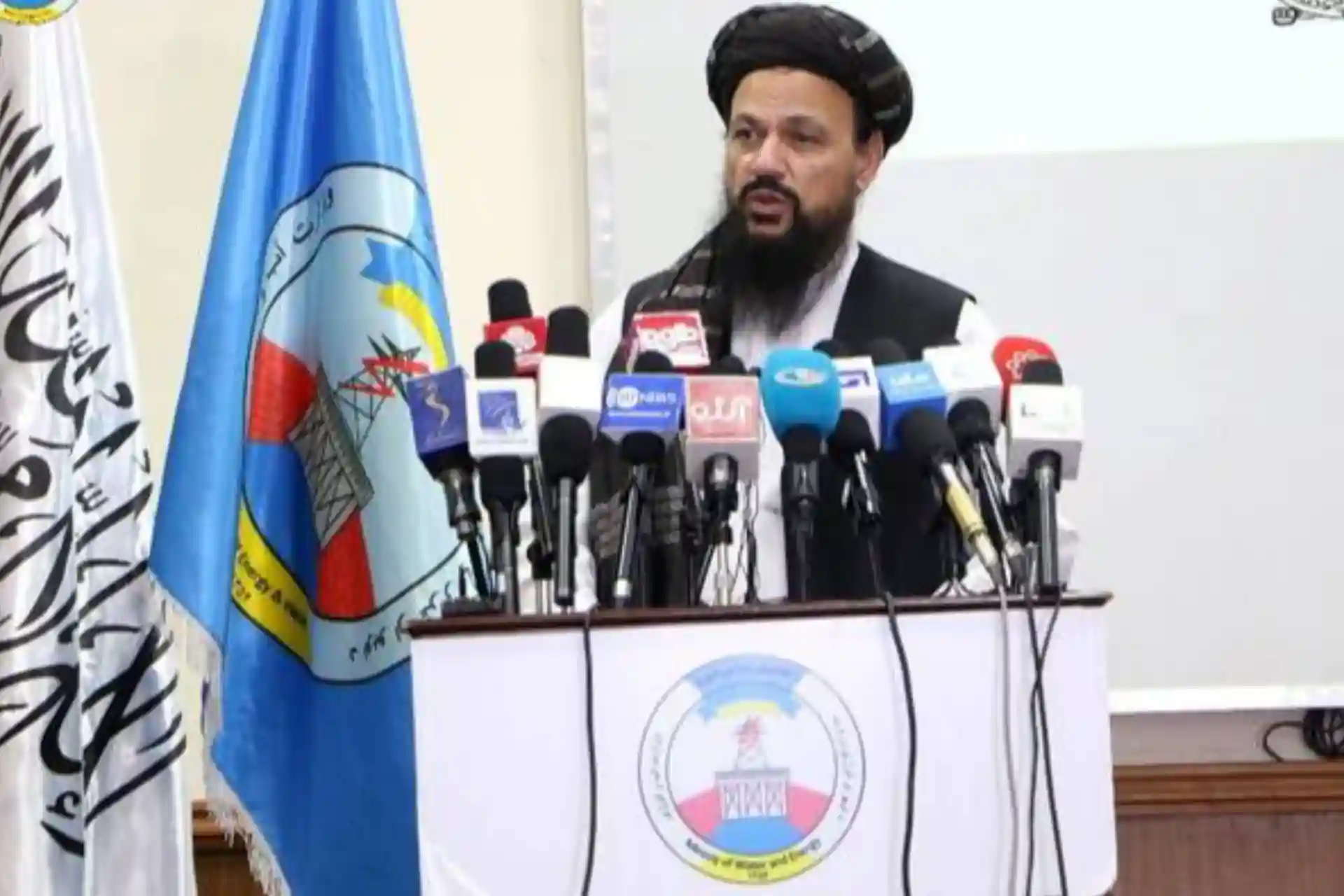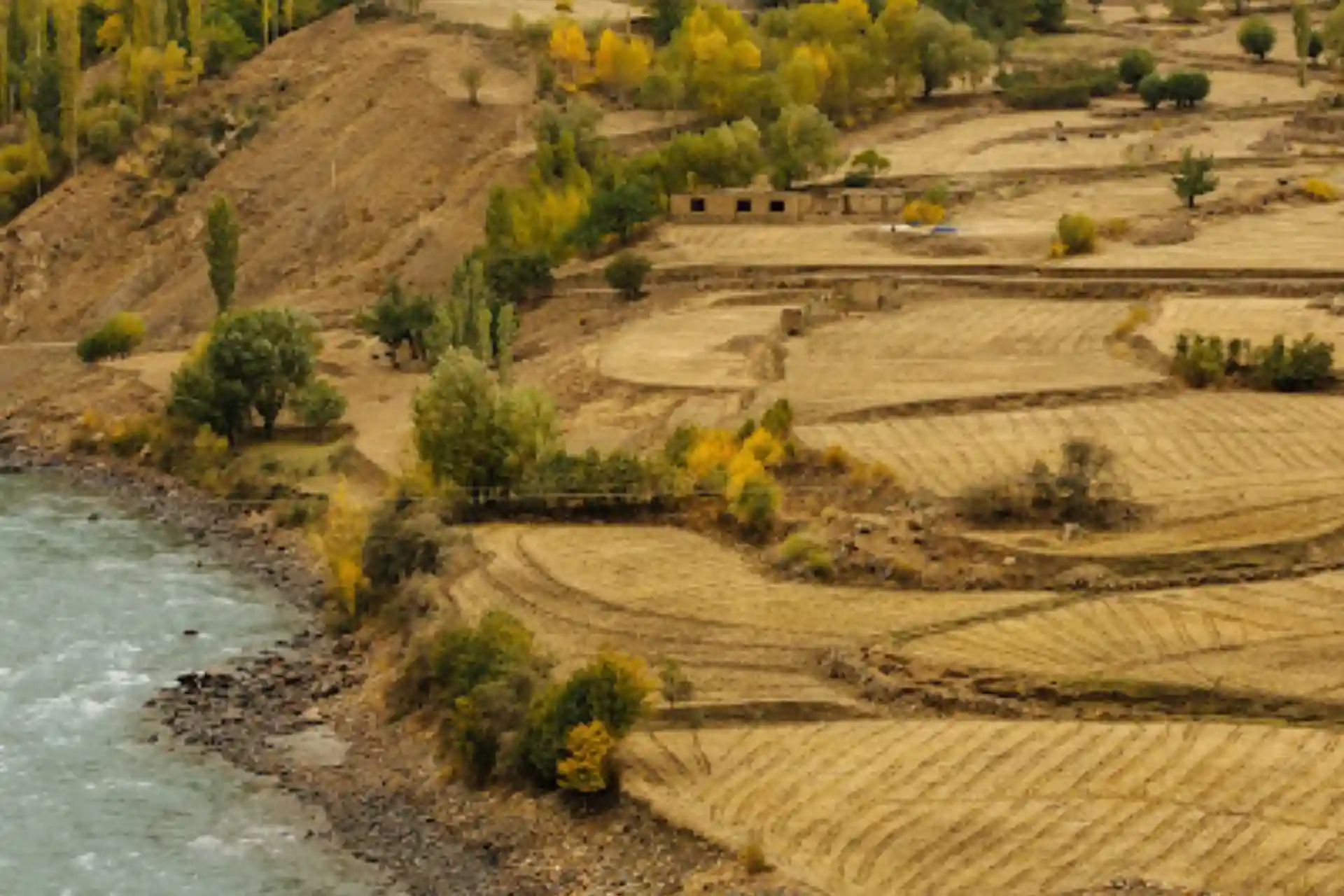Afghanistan wants to revise its borders with Central Asia
The borders between Afghanistan and the Central Asian countries have been washed away by floods and will be redrawn , Deputy Minister of Energy and Water Resources Abdul Latif Mansour said, referring to possible changes in territorial agreements .
Afghanistan's borders with Tajikistan, Uzbekistan and Turkmenistan have become unclear due to flooding and will be redrawn . Abdul Latif Mansour, Acting Minister of Energy and Water Resources of the " Taliban " government, informed about this, TOLOnews reports.
"Our borders with Tajikistan, Uzbekistan and Turkmenistan were washed away due to floods. "We are carrying out important work on defining the previous borders, and we discussed this issue with our supreme leader 20 days ago," said Mansour.
According to Mansur, this plan, which was drawn up on the instructions of Haybatullah Okhundzo, will be implemented with the participation of several ministries, including the Ministry of Internal Affairs, Foreign Affairs, the Ministry of Defense and the General Directorate of Intelligence. However, the minister did not reveal the details of the strategy.
"None of our actions is intended to harm our neighbors. "We have not used more water than our fair share to the detriment of our neighbors, and we have no intention of doing so," said Farooq Azam, a senior adviser to the Ministry of Energy of Afghanistan.
The border between Afghanistan and Tajikistan, Uzbekistan and Turkmenistan runs along the Amudarya, and with Tajikistan along the Panj River, which joins the Vakhsh to form the Amudarya. The length of the border with Tajikistan is 1344 km.
After coming to power in Afghanistan, the " Taliban " began the construction of the Koshtepa irrigation canal, which supplies water to the lands of three northern provinces - Faryab, Balkh and Juzjan, starting from Amudarya. These plans cause concern in Uzbekistan and Turkmenistan, which occupy a significant part of Amudarya water. However, the Afghan government claims an untapped share of the transboundary river flow.



